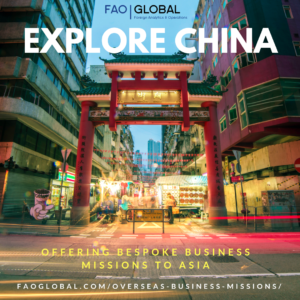According a studied released on August 14 by the China National Bureau of Statistics China’s economic growth slowed 5.5%. This rate is lower compared to the first seven months (January through July) of the previous year’s growth. On the business side, factory output was 6% (according to Bloomberg), which was lower than the predicted 6.3%. Moreover, the number of new service providers reduced compared to 2017. The investment growth also slowed down, which was less than the expected 5.5%. Although Beijing is trying to increase credit easing and fiscal measurement to increase lending, it did not appear to work since debt level was still high. Therefore, the China Politburo announced that for the second half of the year it would increase spending on infrastructure projects such as railways and roads in order to increase borrowing. On the market side, infrastructure investment rose 5.7%, but it was still the lowest since at least 2014. However, private investment skyrocketed to 8.8% from a year earlier, which was in its fastest pace since March. Beijing tried to explain the slow growth by China transitioning from ““high-speed growth” to “high-quality growth,” which was promoted by high tech initiative as part of Beijing’s “Made in China 2025” industrial policy. Ting Lu, the chief China economist at Nomura Investment Bank, said that China would need to experience the slow economic growth before it rises again. In order to return to fast-growth, Beijing is shifting its focus to enhance domestic demand. They are taking a careful approach in their campaign to reduce financial risks and debt, in order to increase borrowing costs and solve a growing number of economic problems.
FAO GLOBAL ASSESSMENT
China’s slow growth may impact prices by countries who depend on exported commodities. For example, Chinese citizens are predicted to buy less imported products from Western countries. Moreover, people are not only buying less, but some are boycotting products made in America to show their anger towards the tariffs that President Donald Trump put on Chinese products last month (July 2018). However, this does not indicate that trade with China is coming to an end. China will focus on developing technological products and increase infrastructure investment in the Belt and Road Initiative (BRI) project during the second half of 2018. American small and medium technology companies can join venture with Chinese technology companies by developing products to sell to these companies. Moreover, American firms should also pay attention to ongoing and/or new BRI projects to look for new opportunities. Analyst Comment: FAO Global associates visited China in May and saw many indicators that Chinese brands were starting to become more popular compared to their western counterparts. Although staple luxury items from the west were not affected, brands focusing on the middle class were starting to see more competition.
Related Links
- Asia Times: China’s economy shows further signs of cooling
- CNBC: China’s economy cools further as investment growth hits a record low
- Bloomberg: China Growth Momentum Stalls as Debt Campaign and Trade War Bite
- Reuters: UPDATE 2-China’s economy cools further, investment growth at record low
Analyst Bio
Ziqing Zhang- International Policy Associate
Ziqing “Sunny” Zhang is an international policy intern and a Masters student in the Elliott School of International Affairs at George Washington where she is majoring in Asian Studies with a concentration in international development and focusing on East Asia and development in Southeast Asia. A native Chinese speaker, Ziqing is fluent in both Mandarin and Cantonese as well as English. She has previously interned at the U.S.-China Education Trust, the Japan-American Society of Washington, DC, and is an alum of American University in Washington, DC.


